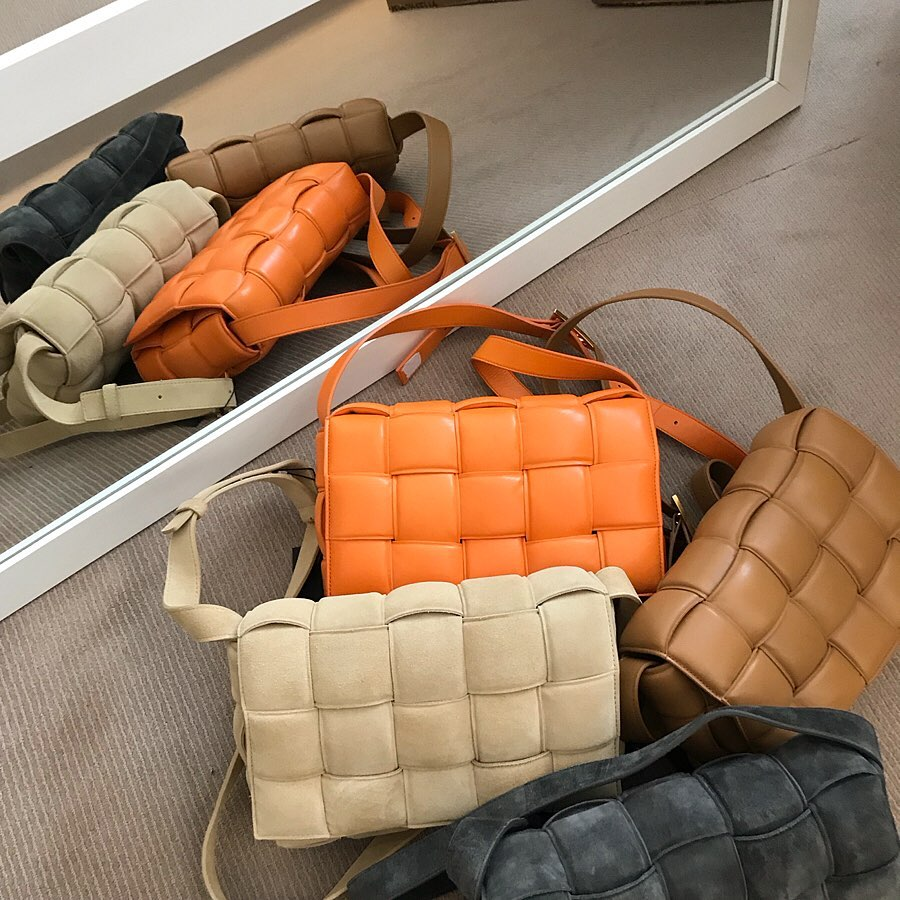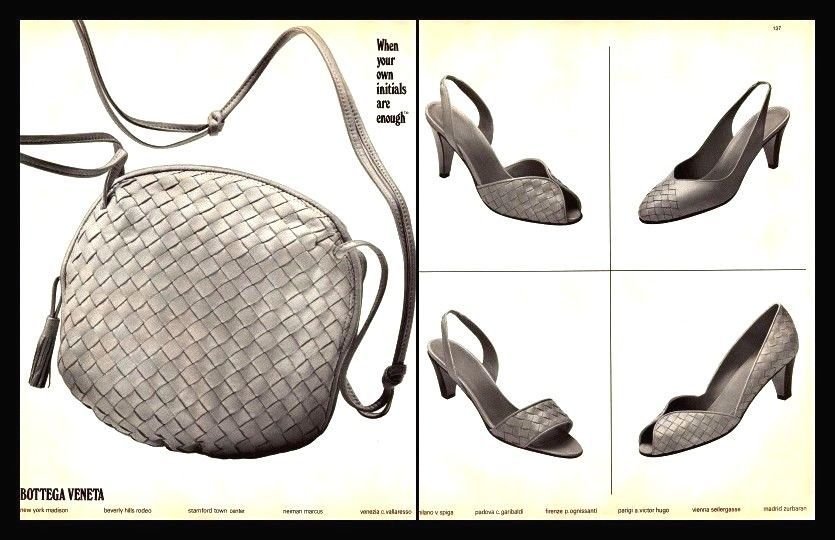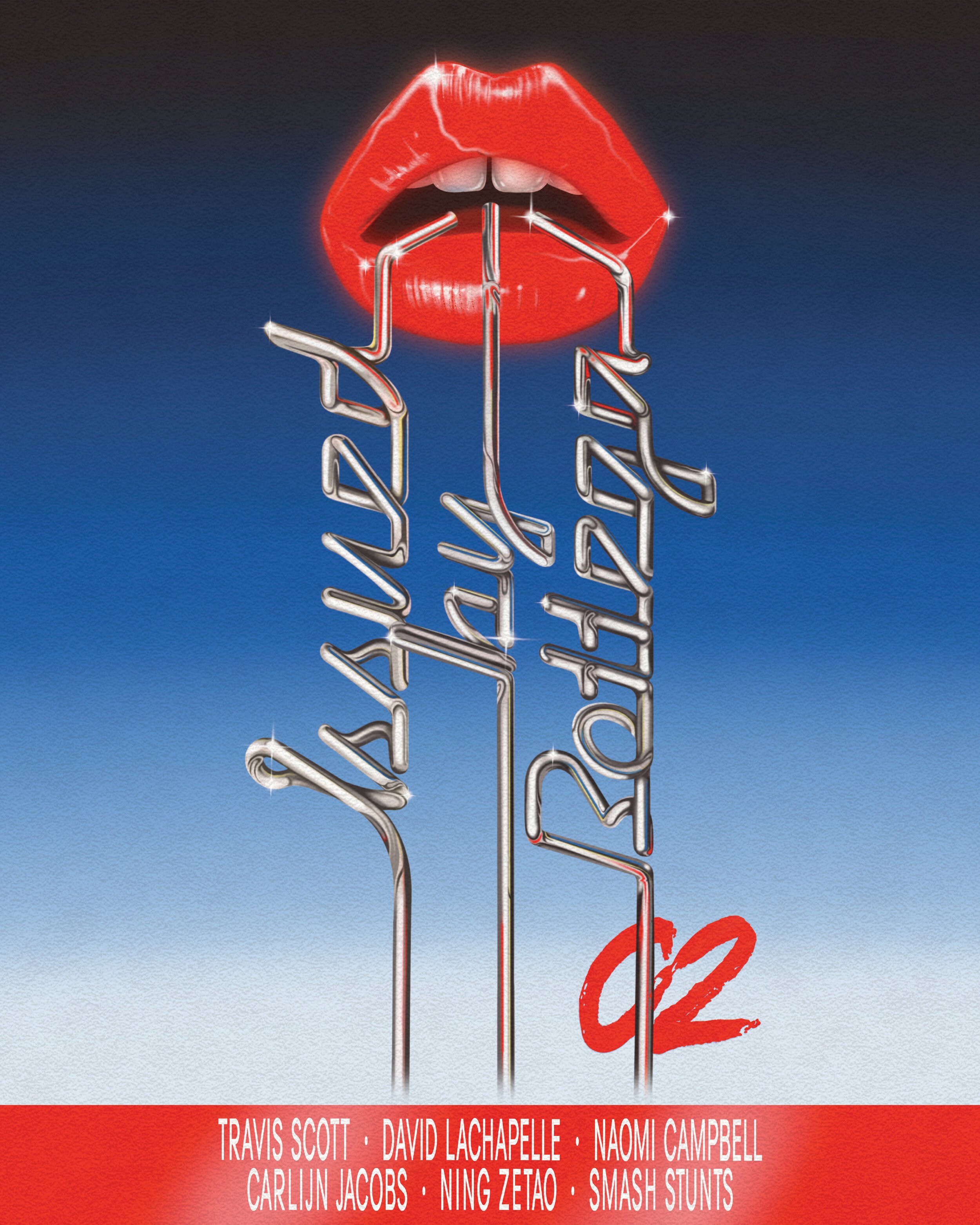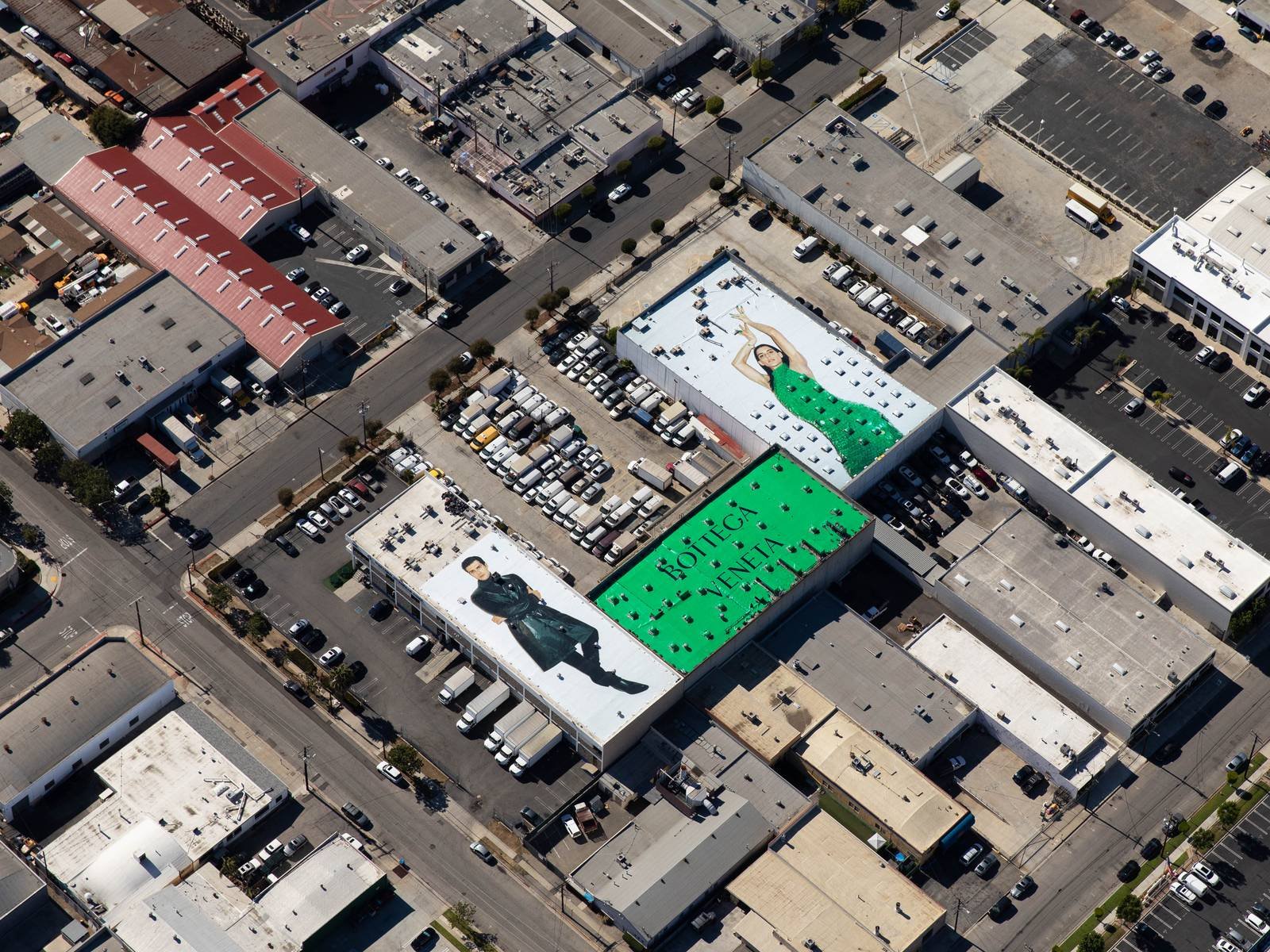Bottega Veneta: Turning Out of style to the It style
Like most deluxe fashion brands, Bottega Veneta has seen good and bad days in terms of their popularity. The brand was founded in 1966 by Michele Taddei and Renzo Zengiaro in Vicenza, Italy. Their primary focus was high-end leather goods, all of which with their infamous intrecciato weave. The brand gained fame and was extremely popular in the 80s. During the label craze of the 90s, Bottega Veneta decreased in popularity as their minimalist and modest styles did not fit the current trend. There was a downswing in their sales throughout the 2000s and early 2010s.
In an effort to rebrand, Bottega Venta hired Daniel Lee as creative director in 2018. Lee parted ways with the fashion house in late 2021, but his genius still lives through the brand. Not only did Daniel Lee make large changes to the products themselves, but he also switched up the fashion house’s marketing strategy.
In an unconventional move, Lee deleted the Bottega Veneta Instagram page and his own personal page when he began working at the fashion house. Many were confused by this, but later that year Bottega Veneta launched their own audio-visual zine called Issue. Issue is a seasonal textless, audiovisual magazine complete with fashion photography, music, and video. By releasing its own publication, the fashion house gets to stay in control of its narrative, perpetuate momentum, and sustain marketing moments like shows and collection launches while also giving its products meaning.
In one of the issues, previous Bottega collections were photographed next to new ones, promoting the concept of product and brand longevity. Although changes were made, what made Bottega Veneta successful once again was Daniel Lee staying true to the brand's message: “When your own initials are enough” while revamping its products to fit today’s fashion. Bottega Veneta is a perfect example of long-term brand equity building, reinvention of timeless design icons, and contemporary functionality. The core designs and target of a brand should never change, but expressions must change with consumer preferences, especially in the market of Millenials and Gen-Zers whose preferences are constantly and rapidly changing.
Although Bottega does not have its own account, there is no lack in its social media presence. Many influencers and celebrities post their bags, forming a community of fans and consumers. These people will be the ones who will do the marketing work for the brand by sharing information and products through their social media. This daring strategy maintains exclusivity and inaccessibility among its buyers, maintaining Bottega’s sense of luxury. This way, the public can feel unique and special by belonging to that restricted group that can wear a garment or an accessory from Bottega Veneta. Further, owners of Bottega items feel they should post a picture of their item to show it off, thus continuing the cycle.
In addition to its media strategy, Bottega has become very creative with its avant-garde ad campaigns. In celebration of the Lunar Year of 2022, Bottega covered The Great Wall of China with their logo and “Happy New Year” written in Mandarin. It is definitely one way to get people talking. Bottega has done this sort of ad before, like in 2021 when they put their logo on the top of LAX for planes to see when they land. By making their ads only visible to some in person, Bottega retains the feeling of exclusivity that all luxury brands cherish. However, these ads do not have a small audience. Many people will photograph these bizarre ads, share them on social media, and get a buzz going.
The luxury market has never been as complex or as rapidly shifting as it is now. And it is only increasing. It is estimated that up to 50% of current luxury brands will not be around by 2030 because they could not connect with Gen Z consumers. With this information, Bottega Veneta’s marketing moves should inspire all luxury brands to reevaluate their strategies and think unconventionally while still staying true to themselves.








